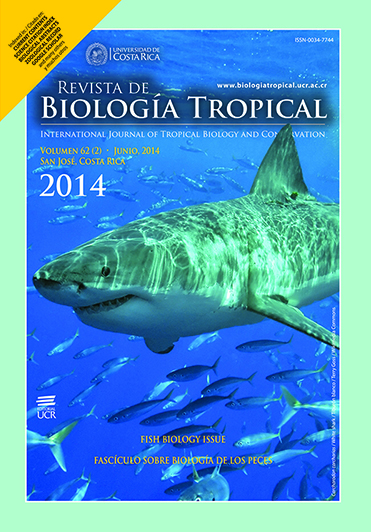Abstract
Basic knowledge about the distribution of flora and fauna is lacking for most tropical areas. Improving our knowledge of the tropical biota will help address contemporary global problems, including emerging tropical diseases. Less appreciated is the role that applied studies can have in improving our understanding of basic biological patterns and processes in the tropics. Here, I describe a novel avifauna assemblage uncovered in Western Darién province in the Republic of Panama that was uncovered during a vector-borne disease surveillance program. I compared the passerine bird species composition at 16 sites using records from recent ornithological expeditions sponsored by the Smithsonian Tropical Research Institute in Central and Eastern Panama. Based on the results of a Mantel test, geographic distance did not correlate with pairwise distinctiveness of sites. Instead, based on an index of distinctiveness modified from the Chao-Jaccard index, most sites were more or less similarly distinctive, with one site, Aruza Abajo, significantly more distinctive than the rest. I found that the distinctiveness of this site was due not only to the presence of several rare and range-restricted taxa, but also to the absence of taxa that are common elsewhere. This finding provides more evidence of high species composition turnover (beta-diversity) in the Panamanian biota, which appears to be driven by a combination of soil and climate differences over narrow distances.
Comments

This work is licensed under a Creative Commons Attribution 4.0 International License.
Copyright (c) 2014 Revista de Biología Tropical






